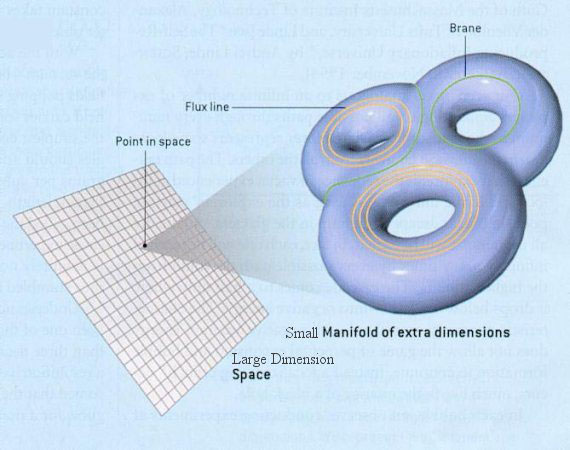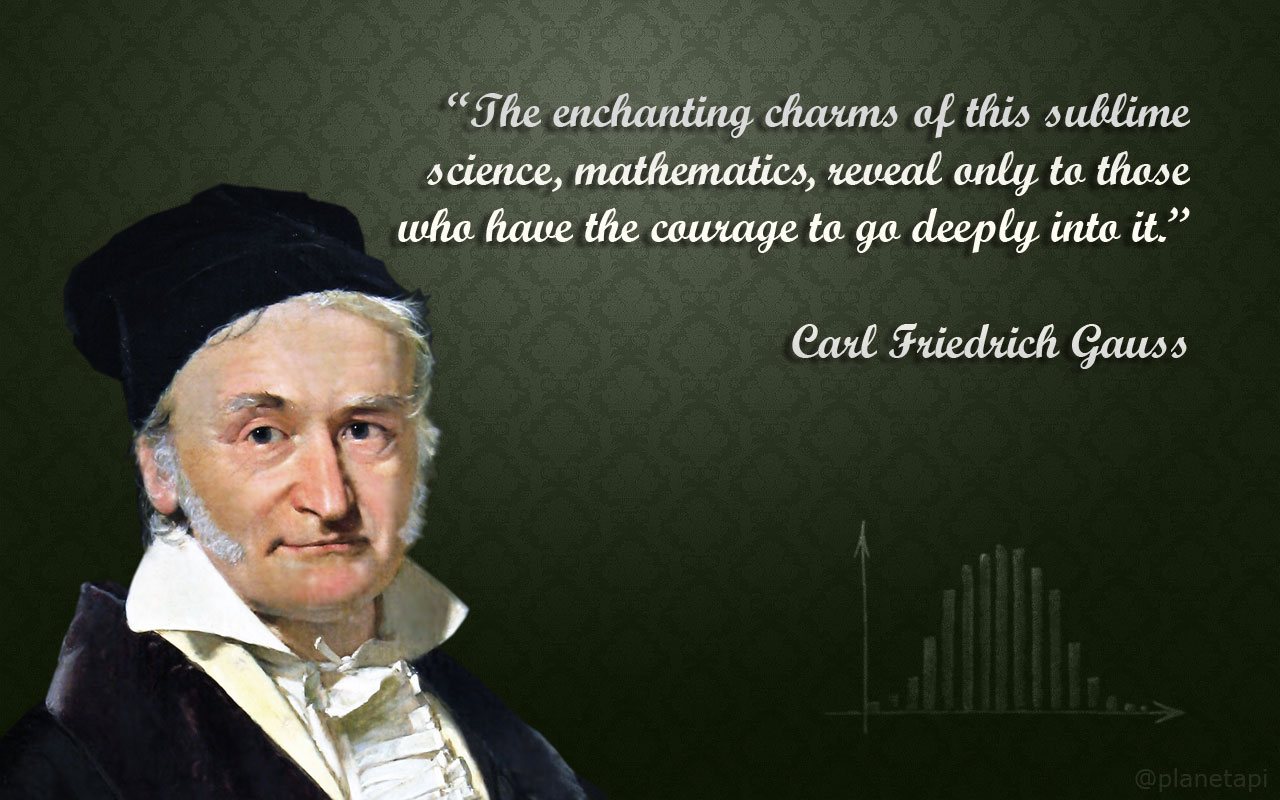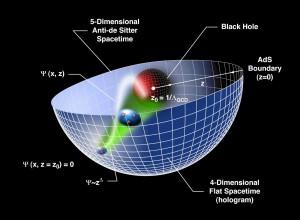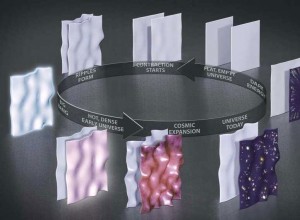Physicists are more like avant-garde composers, willing to bend traditional rules and brush the edge of acceptability in the search for solutions. Mathematicians are more like classical composers, typically working within a much tighter framework, reluctant to go to the next step until all previous ones have been established with due rigor. Each approach has its advantages as well as drawbacks; each provides a unique outlet for creative discovery. Like modern and classical music, it’s not that one approach is right and the other wrong – the methods one chooses to use are largely a matter of taste and training. ~ Brian Greene!
If supersymmetry is to make touch with reality, not only its ‘breaking‘ needs to be demonstrated, but a mathematically harder hurdle and philosophically deeper matter must be met: and that is to show that a solution to the kappa symmetry algebraic equation:
![]()
with ![]() the bosonic degrees of freedom, exists and is unique, since that is a necessary condition for a bosonic metaplectic Dp-brane configuration to preserve SuSy, and that would be a sufficient condition for existence, on the bulk, of the SuSy vacua. Whether
the bosonic degrees of freedom, exists and is unique, since that is a necessary condition for a bosonic metaplectic Dp-brane configuration to preserve SuSy, and that would be a sufficient condition for existence, on the bulk, of the SuSy vacua. Whether ![]() has SuSy is equivalent to the existence of a SuSy-transformation with on-shell bosonic symmetry:
has SuSy is equivalent to the existence of a SuSy-transformation with on-shell bosonic symmetry:
![]()
where ![]() is the fermionic degrees of freedom – while leaving:
is the fermionic degrees of freedom – while leaving:
![]()
intact. Let ![]() be the Clifford operator on the bosonic and fermionic fields in the corresponding Hilbert space. Before deriving the dynamics and the action of the SuSy-Hamiltonian, we need to show that:
be the Clifford operator on the bosonic and fermionic fields in the corresponding Hilbert space. Before deriving the dynamics and the action of the SuSy-Hamiltonian, we need to show that:
![]()
To simplify, I will work with N=1, D=11 SuGra. Then, the gravitino super-Kähler components:
![]()
are provably the exact and rigid fermionic degrees of freedom, and transform as:
![]()
with ![]() the string variable on the corresponding 2-D world-sheet, and solving:
the string variable on the corresponding 2-D world-sheet, and solving:
![]()
in Dp+2 brane and Dp+5 brane worldvolumes background uniquely induces the Super-Yukawa –Killing spinors on the corresponding super-Lagrangian manifold, with Dp+2 brane being:
![]()
and for the Dp+5 brane:
![]()
The Calabi-Yau sub-space of the bosonic configuration that is determined by ![]() condition, where
condition, where ![]() is the Gaillard-Zumino super-Lagrangian torsion, gives us the the total SuSy transformation:
is the Gaillard-Zumino super-Lagrangian torsion, gives us the the total SuSy transformation:
![]()
and coupled with:
![]()
we get:
![]()
where ![]() is the kappa symmetry diffeomorphism infinitesimal transformation, and:
is the kappa symmetry diffeomorphism infinitesimal transformation, and:
![]()
is the brane worldvolume diffeomorphism infinitesimal transformation. It is crucial to note that:
![]()
and:
![]()
both hold. Thus, we get the key identity:
![]()
We are now ready for the Dp-brane Hamiltonian analysis. We start by breaking covariance in order for the time-evolution operator to have a definable Hilbert space spectrum. Let ![]() be the worldvolume coordinates, and redefine the Dp-brane bosonic super-Lagrangian by extracting out all the time derivatives via momenta conjugation:
be the worldvolume coordinates, and redefine the Dp-brane bosonic super-Lagrangian by extracting out all the time derivatives via momenta conjugation:
![]()
with ![]() the fermionic Hodge dual of the Dp-brane super-Kähler potential, and
the fermionic Hodge dual of the Dp-brane super-Kähler potential, and ![]() being the brane tension. So, by quantum fluctuation of the Dp+1 dimensional worldspaces, we get:
being the brane tension. So, by quantum fluctuation of the Dp+1 dimensional worldspaces, we get:
![]()
where:
![Rendered by QuickLaTeX.com \[\left\{ {\begin{array}{*{20}{c}}{{\Im _i} = - \not \partial {\phi _{si}}{T_{Dp}}d\,\Omega {{({\phi _{si}})}^{2\pi ik}}}\\{\not K = - {{\not \partial }_i}{{\widetilde E}^i} + {{( - 1)}^{p + 1}}{T_{Dp}}{S^{{\rm{Fer}}}}}\\{{{\not H}_i} = \widetilde P{\alpha _i}\widetilde E_i^\alpha {{\not \partial }_i}{\phi _{si}} + \widetilde E{{\not F}_{ij}}}\\{H = \frac{1}{{2\pi ik}}\left[ {{{\widetilde P}^2} + {{\widetilde E}^i}{{\widetilde E}^j}{G_{ij}} + T_{Dp}^2{e^{ - 2{\phi _{si}}}}{\rm{det}}\left( {{G_{ij}} + {{\not F}_{ij}}} \right)} \right]}\end{array}} \right.\]](https://www.georgeshiber.com/wp-content/ql-cache/quicklatex.com-bd828556ea51b8c78862eb753658693f_l3.png)
with:
![]()
and:
![]()
Solving gives us the Dp+2 brane Lagrangian:
![]()
with:
![]()
and:
![]()
and similarly for the Dp+5 brane with appropriate numerical ‘substitutions’. Solving both, in the fermionic and bosonic sectors of the super-Lagrangian manifold, one gets, by integrating over Dp+n worldspaces, n=2, 5, the SuSy vacua that generate the complete set of superpartners, and is:
![]()
Solving it induces a kappa symmetric super-Lagrangian SuSy vacua that embeds the superpartner fields on the conic tip of a Calabi-Yau manifold whose tangent bundle is isomorphic to:
![]()
where ![]() is a Sasaki-Einstein manifold.
is a Sasaki-Einstein manifold.
To be continued…
HOW MUCH COURAGE DO YOU HAVE




